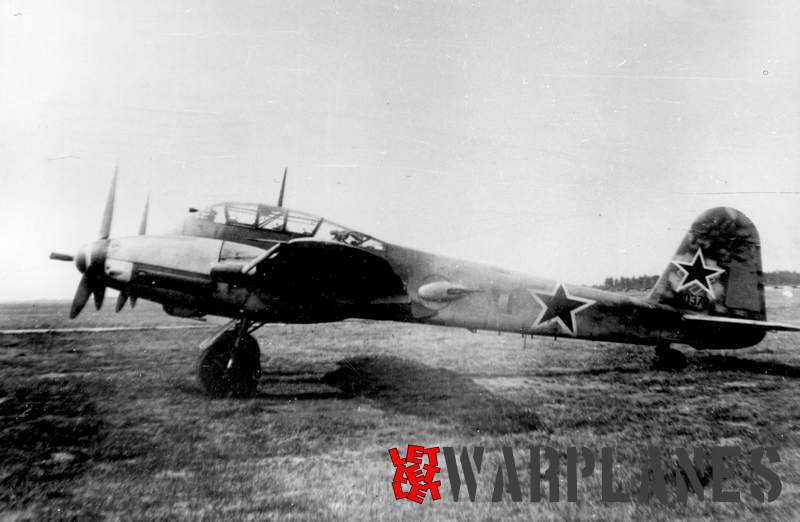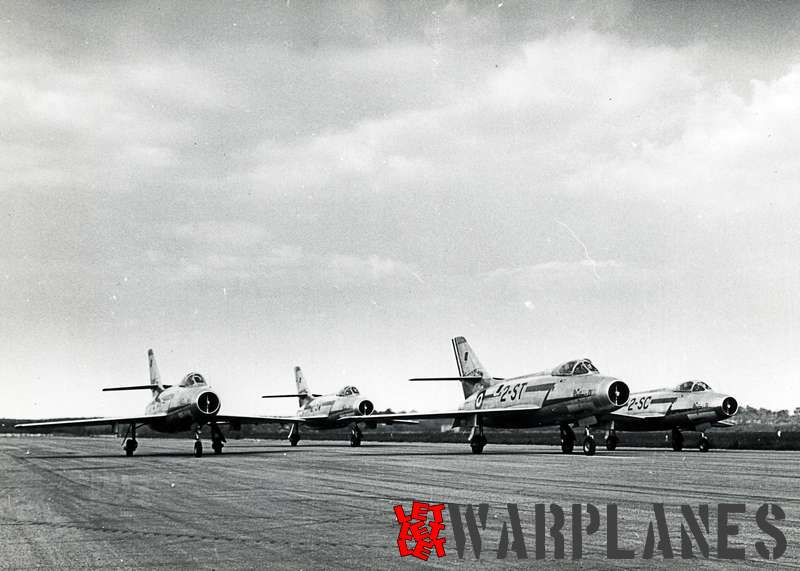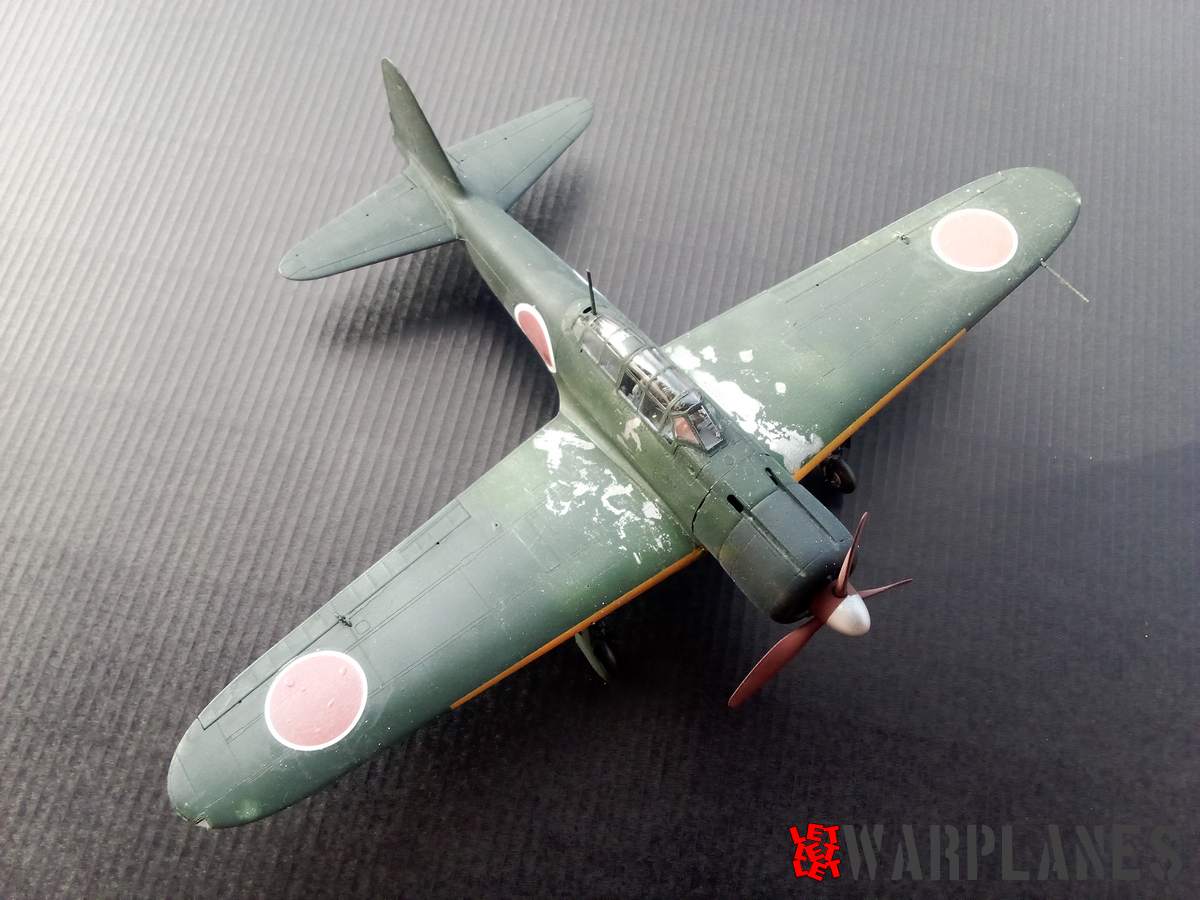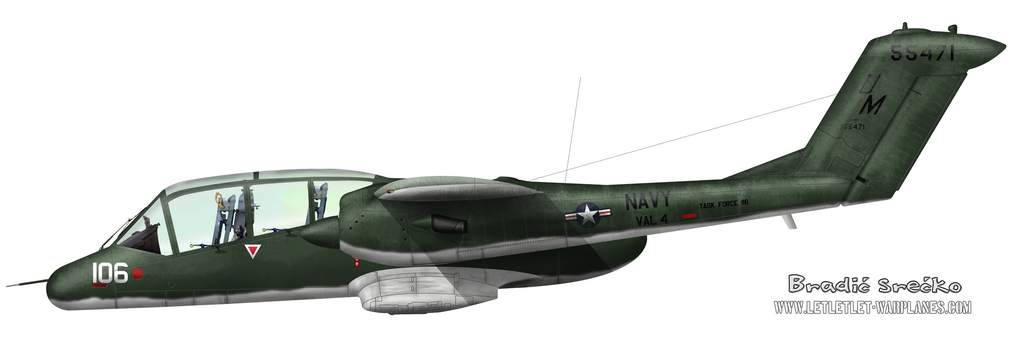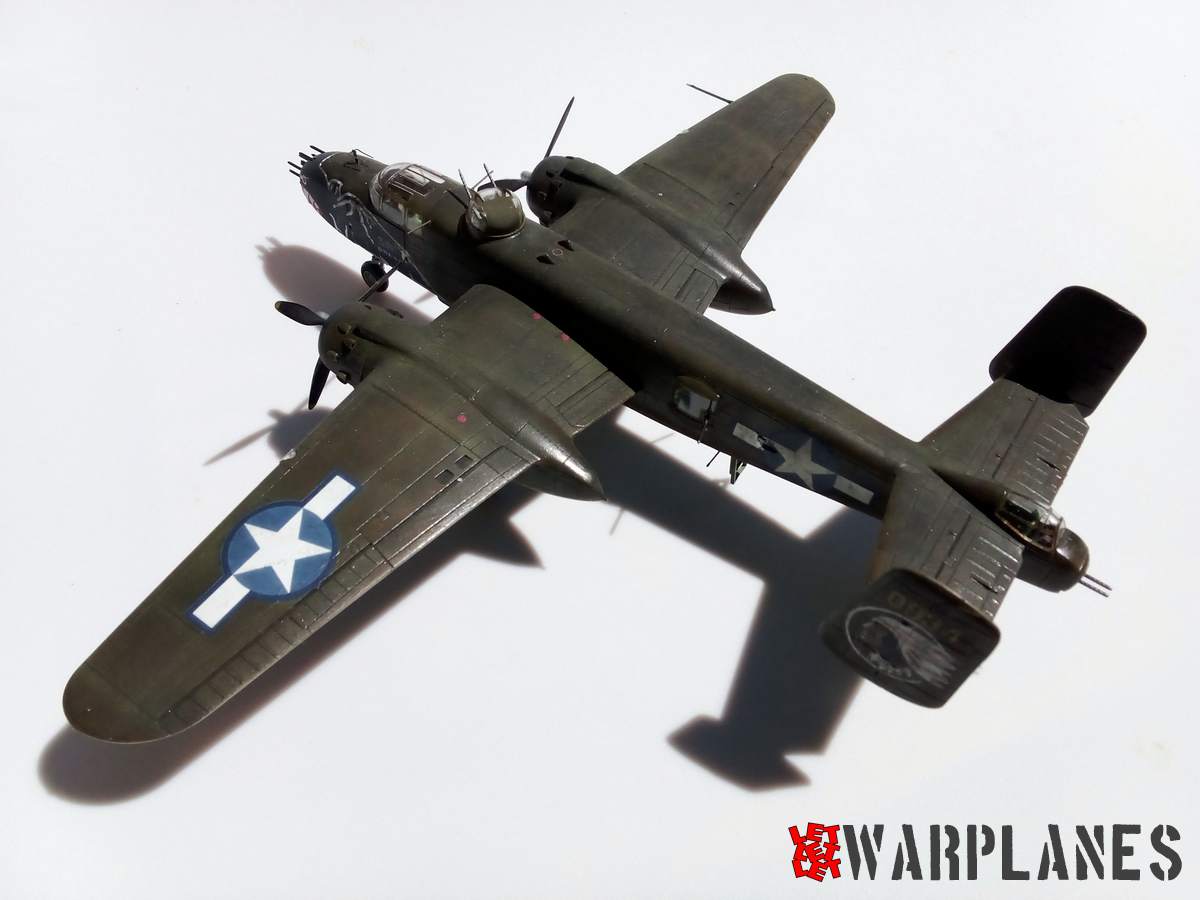Nakajima J9Y-1 Kikka
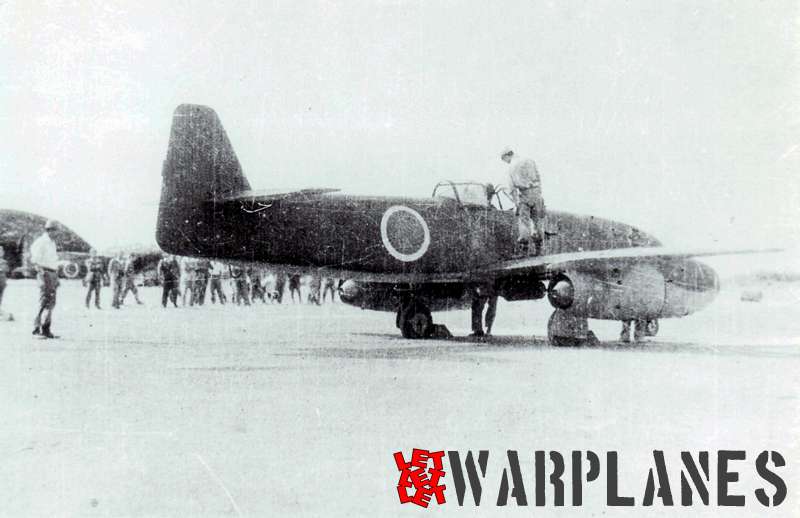
Introduction:
The first Japanese jet plane was a design from the Nakajima design bureau headed by Kenichi Matsumura and Kazuo Ohno. The plane was designed to be fitted with two Nakajima Ne-20 jet engines. This Ne-20 was based on documentation the Japanese had purchased from Germany on the BMW-003 jet engine. It was the successor of the earlier cancelled Ne-12 of Japanese design that produced far less thrust than calculated.
Project realisation:
The design was started in 1944 under the naval type designation J9Y-1. The name selected for the new jet fighter was ‘Kikka’, meaning ‘Mandarin Cherry Blossom’. It was a twin-engine aircraft with roughly the same configuration as the German Messerschmitt Me-262. This was, however where the similarity ended since the Japanese type was much smaller and lighter. In fact there were plans to build a copy of the German design, also by Nakajima under the type designation Ki.201 but this was never materialized. So, the Kikka never was a ‘copy’ of the Messerschmitt Me-262!

The Kikka was intended as a ‘Kooku-Nigo-Heik II’, or “Homeland Type II weapon’. The twin-engine jet was built as a bomber with as primary task attacks on American invasion ships, both with and without the possibility to return after a mission. For typical attack missions it would carry a single 500 or 800 kg high-explosive bomb under the fuselage. For Kamikaze suicide attacks additional explosives would have been stored inside the fuselage. The wings of the Kikka could be folded to make operational possible use from small rock caves or tunnels.
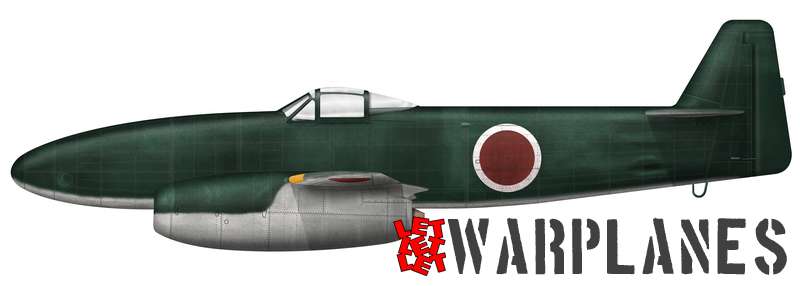
Flight testing:
Nakajima constructed two prototypes, first of which was ready to fly from Kisazura naval airbase in the Tokyo bay on 25 June 19456. On that day test pilot Susuma Takaoka made the first flight with prototype no. 1. The flight lasted only ten minutes; the plane reached an altitude of some 600 m with a speed of 314 km/h. Takaoka flew the Kikka with limited engine power and in general the flight was satisfactory.
After this successful and problem-free first flight the aircraft was prepared for a second test flight. For the start of this flight external rockets were fitted to assist in take off. This second flight took place on 11 August 1945, but ended in disaster. After the rockets had spent their fuel, Takaoka thought the both jet engines supplied insufficient power for a final take off and he aborted the flight halfway. Unfortunately he could not stop the plane before the end of the runway and this resulted in a collapsed undercarriage.

The aftermath:
There was no time to resume the test flights after repair of the Kikka since Japan surrendered four days after this accident. By that time the second Kikka prototype was almost completed. A third prototype that as already under construction was planned as a two-seater. Plans for the construction of 200 Kikka’s before the end of 1945 were not realized because of the end of the war. Surprisingly the Kikka was not fitted with any guns, but a later fighter version was planned with two 30 mm cannons in the nose.
The damaged first prototype was scrapped in Japan, but the second incomplete machine was captured by U.S. forces and transported by ship to the U.S.A. It was stored for years in the open at the premises of the Smitsonian Institution location at Silver Hill and was in a very poor state. Finally it was more or less restored into static conditions. Although being incomplete and parts were provisionally fitted it is now on exhibit in the National Air and Space Museum at Washington DC.
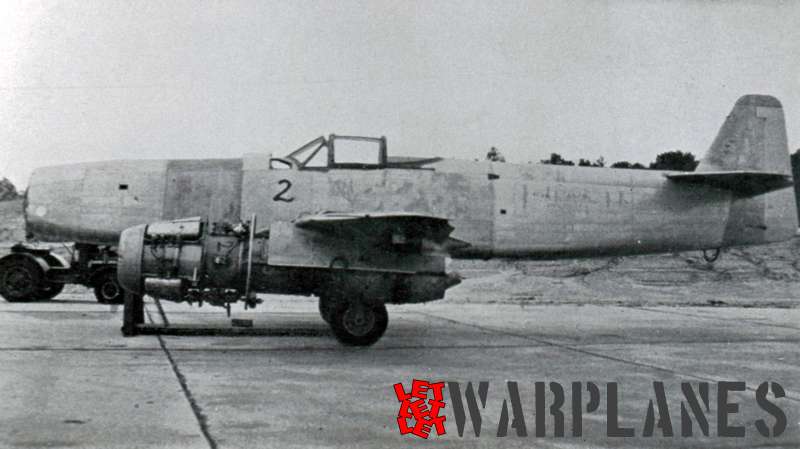
Technical details:
Power plant: two Nakajima Ne-20 jet engines of 475 kg thrust each
Dimensions:
-wing span 10.00 m (5.00 m with wings folded)
-length 8.12 m
-height 2.95 m
-wing area 13.20 m2
-wing loading 269 kg/m2 at take off
Weights:
-empty 2300 kg
-loaded all-up 3350 kg (max. 4312 kg)
Performances:
-max. speed 697 km/h at 10,000m
676 km/h at 6000 m
623 km/h at sea level
-Service ceiling 12,000 m
-Range 890 km at 555 km/h at 6000 m
Armament one 500 or 800 kg bomb under the fuselage + additional explosives in the fuselage for suicide missions.
Accommodation pilot only
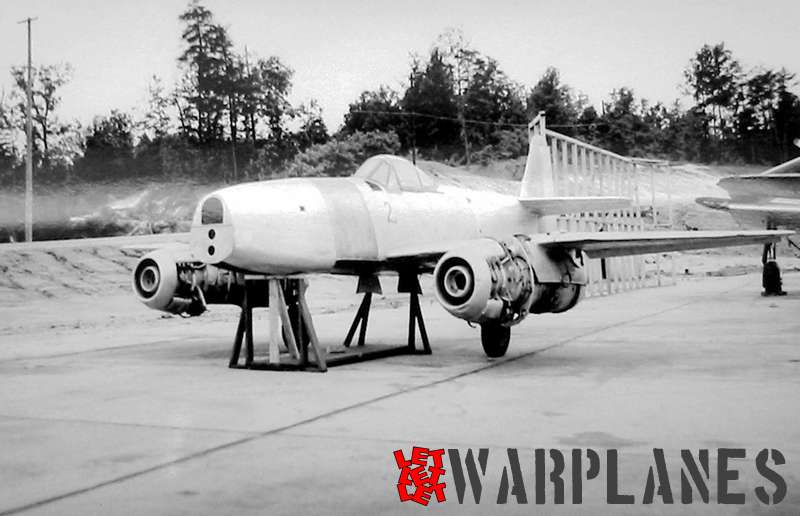
References:
-Rene Francillon, Japanese aircraft of the Pacific war, 2nd ed, Putnam U.K. 1979
Nico Braas


